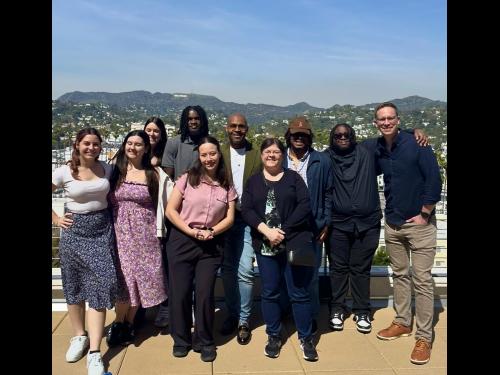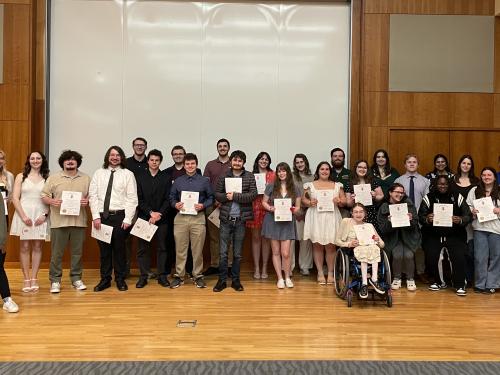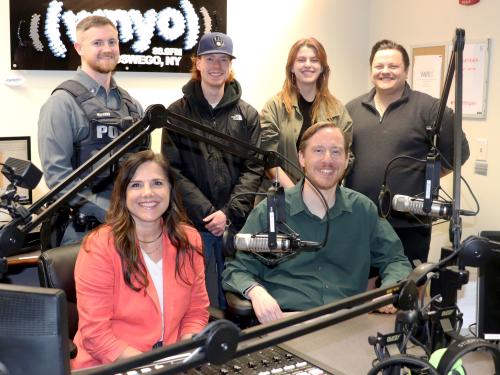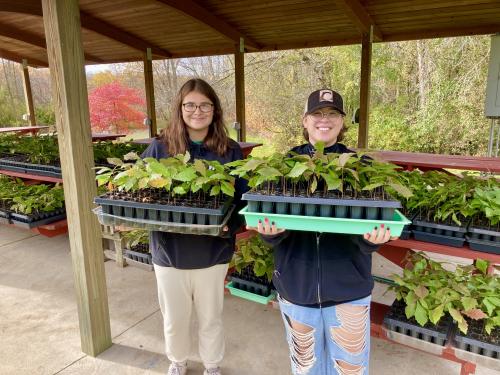We're Here To Support Your Success!
At SUNY Oswego, the Division of Student Affairs (DSA) has one singular focus – helping students be successful throughout their college journey. We believe that each admitted student has the capacity to graduate. Therefore, we have a responsibility to provide students with support and advocacy as they manage challenges.






